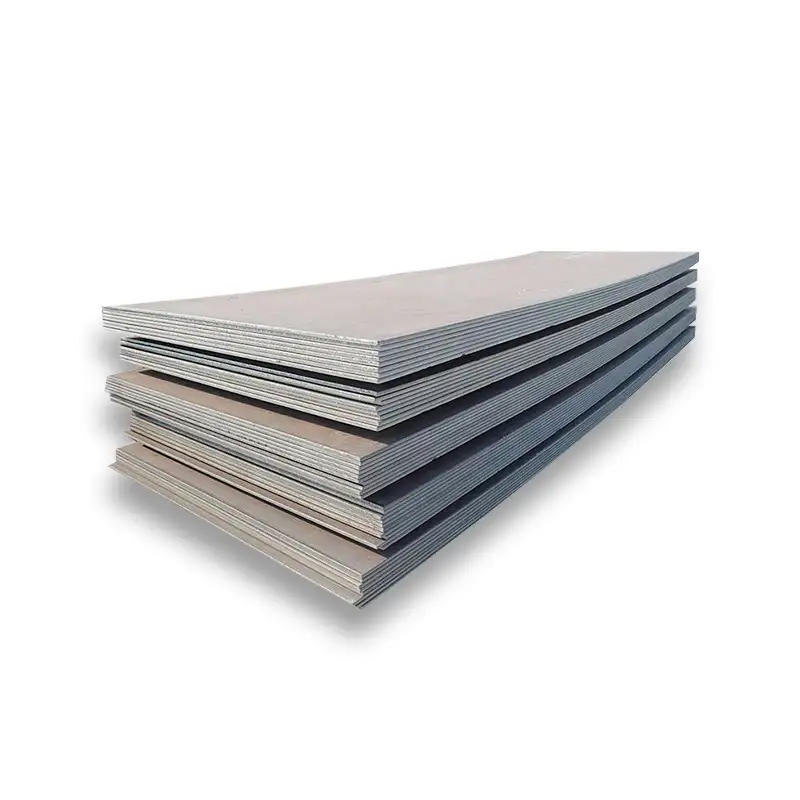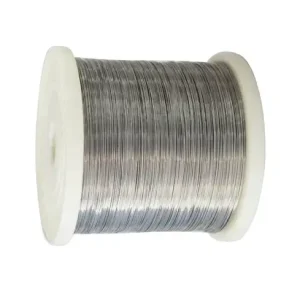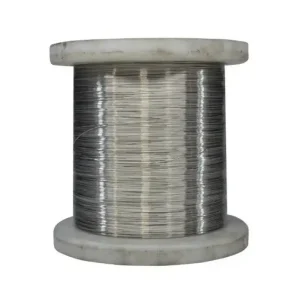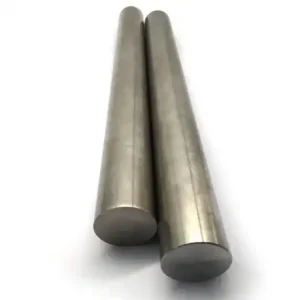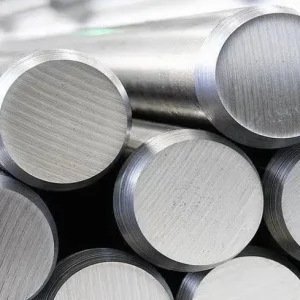API Specification 5L defines the manufacturing, chemical and mechanical requirements, testing and marking for steel used in line pipe; for most pipeline applications you should select an API-monogrammed, PSL-rated plate/pipe grade (e.g., Grade B, X42–X70) that matches system design pressure, temperature and corrosion environment — this minimizes construction risk and simplifies regulatory acceptance. For buyers seeking competitive supply, MWAlloys supplies API-grade pipeline steel from Chinese mills at 100% factory pricing with fast stock delivery and full test documentation to meet PSL1/PSL2 and project traceability requirements.
What is API Spec 5L?
API Specification 5L, “Specification for Line Pipe,” is the industry benchmark that sets rules for seamless and welded steel used in pipelines transporting oil, gas, water and other fluids. It prescribes chemical limits, minimum mechanical properties, manufacturing processes, testing, inspection, and marking. Compliance with API 5L is often required by pipeline owners, engineering contractors and regulators; many national pipeline regulations incorporate API 5L by reference. In practice, choosing API-specified material streamlines design approvals, purchasing and welding qualification.
Short history and structure (PSL1 vs PSL2 and recent updates)
API 5L has evolved through numerous editions; the modern (46th) edition clarified pipe end tolerances, added strain-based design annexes and strengthened quality requirements. The spec defines two product specification levels (PSL):
-
PSL1 — baseline requirements for general service (basic inspection and testing).
-
PSL2 — enhanced requirements including additional chemical controls, mechanical testing, NDT and traceability for higher-risk or more demanding pipeline projects.
Regulators such as the U.S. Pipeline and Hazardous Materials Safety Administration (PHMSA) reference API 5L in federal pipeline safety rules; operators should confirm which edition and PSL the project requires because some pipeline operators and codes mandate PSL2 for trunk lines.
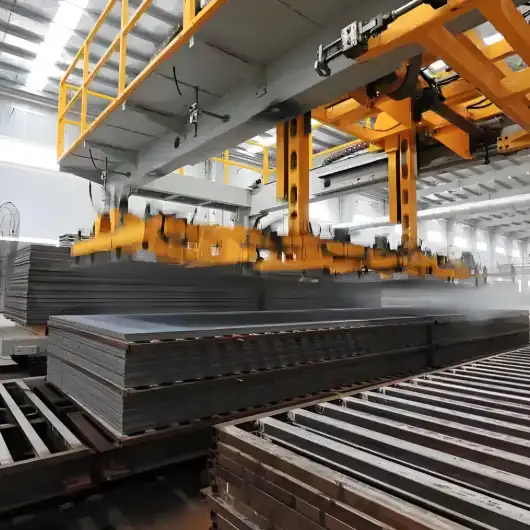
Common API 5L grades & typical chemical composition
Below is a condensed typical composition summary for commonly specified API 5L grades. Values shown are typical maxima or nominal ranges used in industry data for PSL1/PSL2 types — always confirm mill certificates for the supplied heat. Table sources: API data tables and leading mill reference summaries.
| Grade | C (max, %) | Si (%) | Mn (%) | P (max) | S (max) | Cu (%) | Ni (%) | Cr (%) | Mo (%) | Microalloying notes |
|---|---|---|---|---|---|---|---|---|---|---|
| Grade B | 0.24 | 0.40 | 1.20 | 0.025 | 0.015 | ≤0.50 | ≤0.50 | ≤0.30 | ≤0.15 | plain carbon/mn steel |
| X42 | 0.24 | 0.40 | 1.20–1.40 | 0.025 | 0.015 | trace | trace | trace | trace | may have Nb/V/Ti microalloying |
| X52 | 0.24 | 0.40 | 1.20–1.60 | 0.025 | 0.015 | — | — | — | — | controlled microalloy additions |
| X60 | 0.24 | 0.40 | up to ~1.60 | 0.025 | 0.015 | — | — | — | — | microalloyed carbon-Mn steels |
| X65 / X70 | 0.24 | 0.40 | ~1.60–1.80 | 0.025 | 0.015 | low | low | low | possible microalloy | higher-strength thermomechanical controls |
Notes: exact permitted elements and limits depend on PSL and specific grade chemistry in the API tables; manufacturers use microalloying (Nb, V, Ti) and controlled rolling/heat treatments to meet mechanical targets while keeping carbon low to support weldability. Always use the mill’s Chemical/Physical MTR for procurement.
Mechanical properties by grade
API grades are named roughly by minimum yield strength (ksi). The table below shows common minima (imperial + SI conversion). These are typical minimum values used in project specifications; verify the API table and mill MTR for exact contractual values.
| Grade | Min. yield strength (ksi) | Min. yield (MPa) | Typical tensile (ksi) | Typical elongation (%) |
|---|---|---|---|---|
| Grade B | ~30–35 ksi | ~205–240 MPa | 60–75 ksi | 22–30% |
| X42 | 42 ksi | 290 MPa | 60–85 ksi | 22–28% |
| X46 | 46 ksi | 320 MPa | ~65–85 ksi | 20–26% |
| X52 | 52 ksi | 360 MPa | 70–90 ksi | 20–25% |
| X56 | 56 ksi | 385 MPa | 75–95 ksi | 18–24% |
| X60 | 60 ksi | 415 MPa | 80–100 ksi | 18–22% |
| X65 | 65 ksi | 450 MPa | 85–105 ksi | 16–22% |
| X70 | 70 ksi | 485 MPa | 90–110 ksi | 16–20% |
Impact/v-notch requirements: For many PSL2 projects or low-temperature service, Charpy V-notch testing or minimum CVN energy at specified temperatures is required. Hardness testing (e.g., HRC/HV) is also used to ensure suitability for welding and strain-based designs.
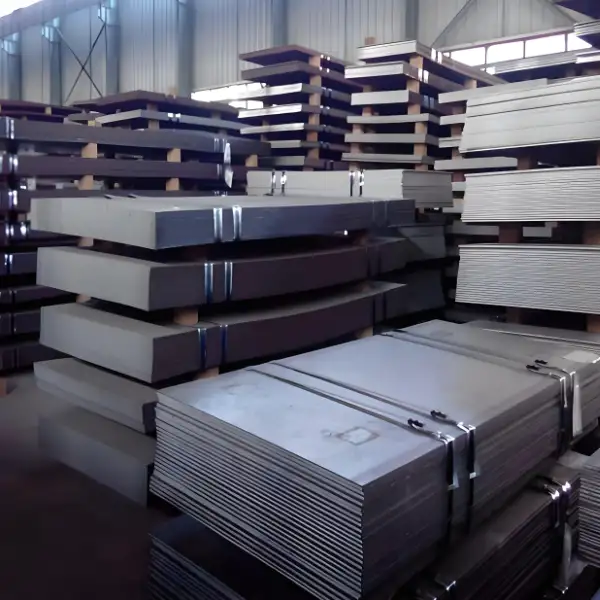
API 5L technical specifications & mandatory tests
Key technical aspects called out by API 5L include:
-
Mill Test Report (MTR) showing chemical analysis and mechanical test results.
-
Non-destructive testing (NDE): UT or RT where specified, plus visual inspection and surface acceptance criteria.
-
Hydrostatic or pneumatic test for pipe integrity (if pipe manufacture).
-
Hardness limits for weldability and notch sensitivity.
-
Traceability & marking: heat number, manufacturer, grade, PSL level and API monogram (when licensed).
-
Additional project requirements: special coating, sour service qualification (NACE/ISO 15156), strain-based design annexes for highly deformed pipeline segments.
Always specify the API edition, PSL level and extra tests (e.g., PMI, Charpy temperatures) in the purchase order to avoid ambiguity.
What is API Spec 5L equivalent to?
API 5L overlaps or aligns to other standards; procurement teams often ask for equivalents:
-
ASTM: API Grade B ≈ ASTM A106 Gr B / ASTM A53 Gr B for some seamless/welded carbon steels (check MTR).
-
EN / ISO: API grades map to EN/ISO designations through ISO 3183 harmonization; for example API X52 ↔ EN 10208/EN 10210 equivalents or ISO grade L360 etc (mapping tables vary; confirm by composition and mechanicals).
-
ISO 3183: is the international pipeline steel standard and supplements/API-aligns to API 5L for many users.
Always verify the exact grade-by-grade equivalence using the chemical and mechanical property tables because naming overlaps do not guarantee identical weldability or toughness.
Typical uses and application guidance
API 5L plate/pipe is used for:
-
Long-distance crude oil and natural gas transmission lines (trunk pipelines).
-
Gathering lines, distribution mains (with grade/PSL chosen by design).
-
Water transmission mains and industrial process lines where high strength and weldability are needed.
-
CO₂ pipelines and certain sour service applications require additional material qualification (e.g., NACE MR0175/ISO 15156, or special carbon control).
Application selection tips: for deep burial, cold climates, or sour environments choose grades with demonstrated low-temperature toughness and compatible NACE/ISO 15156 qualification. For strain-based design (e.g., seismically active areas or river crossings) confirm the API 5L annex for strain considerations and specify PSL2 and strain-capable manufacturing.
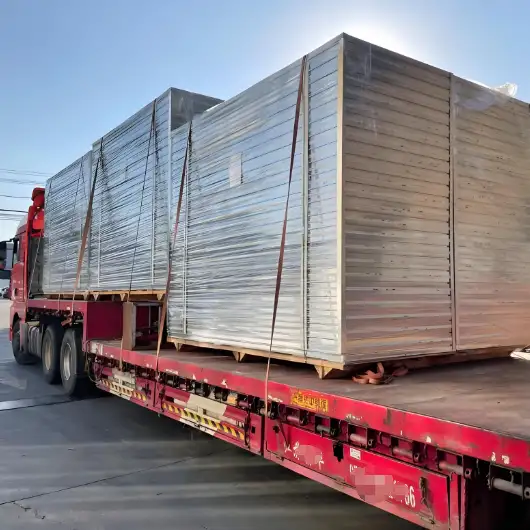
Plate and pipe sizes, weights and practical calculation methods
Steel plate (stock) used to fabricate pipe — common industrial stock sizes: thickness from roughly 3 mm up to 100 mm (with plate normally >6 mm defined), and typical stocked plate sheet sizes are 2000 × 3000 mm or 2500 × 8000–12000 mm depending on mill capability. Plate weight per square meter is computed from density: W(kg/m²) = 7.85 × thickness(mm)/1000 (i.e., 7.85 kg/m² per mm). Standard plate widths and lengths vary by mill; confirm quoted plate dimensions with the supplier.
Pipe sizes & weight (typical reference) — API 5L pipelines use nominal pipe sizes (NPS) and wall thickness (schedules). Weight per unit length depends on OD and wall thickness; manufacturers provide standard weight charts (ANSI/ASME and API tables). For example, a 10" (NPS 10) SCH40 carbon steel pipe has an approximate weight per foot which you can compute from cross-sectional area × density or consult standard charts. Useful sources and dimension charts are provided in API tables and manufacturer product data.
2025 Price comparison: USA, Europe, China
Important: steel prices are volatile and influenced by hot-rolled coil (HRC) markets, energy and tariff policies. The ranges below are market-level indicators for pipeline-grade carbon steel plate/pipe in 2025; use them for budgeting but obtain fresh mill quotes for firm procurement. Sources: manufacturer listing pages (China), market commentary and regional price reports.
| Region | Typical 2025 range (USD/metric ton) — pipeline carbon steel plate/pipe (indicative) | Notes / drivers |
|---|---|---|
| China (mill factory price) | USD 550 – 720 / t (factory, bulk) | Chinese mill offers and B2B listings show many API/ASTM pipes in this band; lower for large orders. |
| Europe (FOB / ex-works) | USD 700 – 1,000 / t | European HRC and labor costs higher; tariffs/anti-dumping actions influence price. |
| USA (domestic mill / duty-impacted) | USD 800 – 1,200 / t | U.S. steel prices rose in 2025 driven by domestic tariffs and HRC benchmark increases; finished pipeline plate often carries premium. |
How to use these ranges: convert to per-piece or per-meter cost from weight (use the plate weight formula or pipe weight charts). For competitively priced, API-monogram mills in China (factory price) often offer quickest lead times and best ex-works pricing — MWAlloys can provide exact, traceable MTRs and stock offers at 100% factory pricing; contact for current mill quotes and stock lists.
Quality control & inspection checklist
When placing an order, require the following to avoid disputes and rejections:
-
Edition and PSL: specify API edition (e.g., API 5L 46th ed.) and PSL1/PSL2.
-
Mill Test Report (MTR): full chemical and mechanical test results traceable to heat number.
-
NDE records: UT/RT reports, acceptance criteria.
-
Charpy / CVN: if low-temperature or high-toughness service.
-
Hardness report: max hardness values and location of tests.
-
Traceability & marking: heat no., manufacturer, grade, PSL, length.
-
Coating & preservation: specified coating (3LPE/3LPP/epoxy) and packing for export.
-
Warranty & rectification: acceptance testing protocol and remedial actions for non-conforming items.
Include a clause permitting independent third-party inspection at the mill (pre-shipment) when project scale justifies it.
Procurement best practices & how MWAlloys helps procurement teams
Practical purchasing recommendations:
-
Specify clearly: API edition, PSL, required impact temperature, coatings and weldability limits.
-
Ask for API-monogram if project owner requires licensed API producers. Monogrammed producers have additional QA controls.
-
Request full MTR + NDE package before payment; include hold points in contract.
-
Consider stock vs. mill order: stocked plates reduce lead time; bespoke sizes may take weeks.
MWAlloys offering: MWAlloys is a China-based supplier specializing in pipeline materials. We provide:
-
100% factory pricing (direct mill relationships)
-
Ready stock of common API grades (fast delivery for standard sizes)
-
Complete documentation (MTR, NDE, coating reports) and export packing
-
Support for third-party inspection and buyer-assigned testing.
If you need sample MTRs, inspection photos, or a formal factory quotation for a specific project bill of materials (BOM), MWAlloys can deliver within 24-48 hours on request.
Welding, corrosion and environmental considerations
-
Welding: low carbon and controlled CEV/Pcm help ensure weldability. Specify welding procedures (WPS) that reflect base metal toughness and expected preheat. Hardness checks near welds may be required for HAZ.
-
Sour service: for H₂S environments, require NACE MR0175 / ISO 15156 compliance and explicit service limits in MTRs. Some higher grades need special treatments to resist sulfide stress cracking.
-
Coatings & cathodic protection: for buried pipelines use industry coatings (3LPE, FBE, coal tar enamel) and consider CP design. For internal corrosion control, internal linings or inhibitors may be required.
-
Residual stresses & strain-based design: where pipelines will experience ground movement, select materials and welding practices that support ductility and strain capacity; use API 5L strain annex guidance if applicable.
FAQs
1) Is API 5L “pipe” the same as an API 5L plate?
API 5L is primarily a line-pipe specification. “Plate” is usually bought to make pipe or components; ensure the plate supplier certifies the material to API 5L chemistry and properties if the plate is to be formed/welded to be used as line pipe.
2) What is PSL1 vs PSL2 — which should I choose?
PSL2 has stricter chemistry control, additional testing and traceability; choose PSL2 for critical transmission pipelines, high pressure, low temperature or safety-sensitive projects.
3) Can API 5L grades be welded together?
Yes, with proper welding procedure qualification and preheat/post-weld treatment where required; avoid mixing grades with widely different hardness or toughness without engineering review.
4) How do I verify the supplier’s claims?
Require original MTRs signed by the mill, NDE reports, and consider third-party inspection at the mill. API monogram licensing is an additional trust signal.
5) What documentation should arrive with shipments?
MTR (chemical & mechanical), NDE reports, coating certificates, packing list, and mill invoice. For export, include customs documents and export license where needed.
6) Is China a reliable source for API 5L material?
Yes. many Chinese mills manufacture to API 5L and have API monogram licensing; choose suppliers with verifiable MTRs, third-party audits and export experience. Market prices from Chinese mills are usually more competitive.
7) How do I convert plate thickness to weight?
Use the formula: weight (kg/m²) = 7.85 × thickness(mm). For a plate of 2000 × 3000 mm and 10 mm thickness: weight ≈ 7.85×10×2×3 = 471 kg (approx).
8) Do I need NACE certification for sour gas pipelines?
Yes, for H₂S environments follow NACE MR0175 / ISO 15156 material selection rules and request documentation showing compliance.
9) Are there international equivalents to API 5L?
ISO 3183 is the closest international standard and is harmonized with API 5L in many respects. Confirm specific clause deviations if using ISO instead of API.
10) What lead time should I expect?
Stocked items can ship in days; custom plate or high-strength grades from mill may take several weeks. MWAlloys maintains stock for common sizes to shorten lead times.
Authoritative references
- API — Specification 5L (API official page)
- ISO 3183:2019 — Petroleum and natural gas industries — Steel pipe for pipeline transportation systems (ISO)
- PHMSA — Notice regarding API Specification 5L (U.S. DOT)
- eCFR — 49 CFR Part 192 (U.S. pipeline regulations referencing API 5L)
- AMPP / NACE — MR0175 (ISO 15156) overview (materials for H₂S environments)

